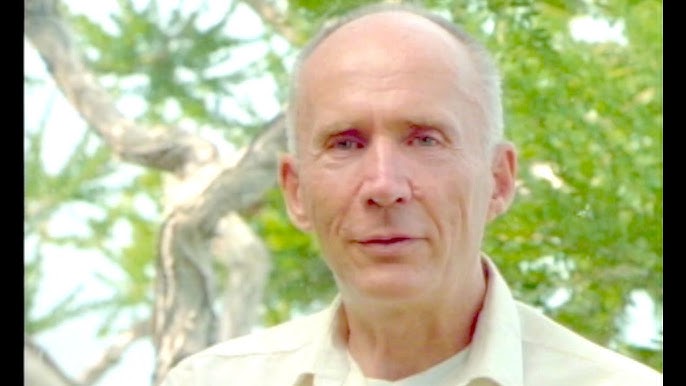
Who was Robert A Johnson?
Robert A. Johnson (1921-2018) was a renowned American Jungian analyst, lecturer and author known for his accessible and practical interpretations of Jungian concepts for a general audience. Over his long career, Johnson published a number of influential books that distilled key ideas from Jungian depth psychology and applied them to the challenges of everyday life and spiritual growth.
Johnson had a gift for expressing complex psychological ideas in simple, relatable terms through vivid storytelling, myths and folktales. His most famous works, including He, She, We, Inner Work and Owning Your Own Shadow, have remained enduring classics that continue to resonate with readers seeking greater self-understanding and psycho-spiritual development.
This essay provides an overview of Johnson’s life and key contributions to the popularization of Jungian thought. It explores his innovative use of myths, legends and tales as teaching tools, his model of the psyche, his approach to dream work and active imagination, and his perspectives on masculinity, femininity and romantic love. It also examines his thoughts on the religious function of the unconscious, the path of individuation, and the integration of the shadow. Finally, it offers a retrospective on Johnson’s legacy and enduring influence as an interpreter of Jung for a mass audience.
Life and Career:
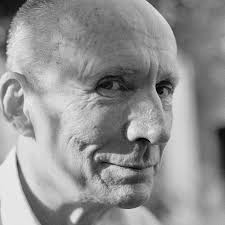 Robert Alex Johnson was born in 1921 in Portland, Oregon. He studied at the University of Oregon and Stanford University before serving in the Navy during World War II. After the war, a transformative dream led him to the C.G. Jung Institute in Zürich, Switzerland, where he trained as an analyst under Jung’s close associates including Jolande Jacobi, Marie-Louise von Franz and Aniela Jaffé.
Robert Alex Johnson was born in 1921 in Portland, Oregon. He studied at the University of Oregon and Stanford University before serving in the Navy during World War II. After the war, a transformative dream led him to the C.G. Jung Institute in Zürich, Switzerland, where he trained as an analyst under Jung’s close associates including Jolande Jacobi, Marie-Louise von Franz and Aniela Jaffé.
After completing his training in 1961, Johnson returned to the United States where he established a private practice in San Diego and began lecturing and writing. His first book, He: Understanding Masculine Psychology, was published in 1974 and brought him to national attention. Over the next three decades, Johnson published 11 more books including She: Understanding Feminine Psychology (1976), We: Understanding the Psychology of Romantic Love (1983), Inner Work (1986) and Owning Your Own Shadow (1991).
Johnson’s books reached a wide popular audience and established him as one of the foremost interpreters of Jung in the United States. He had a knack for rendering abstract concepts in clear, practical language and showing their relevance to everyday concerns. Mixing profound psychological insights with wisdom tales, myths and case studies, his works inspired countless readers to embark on the journey of self-discovery and engage the religious dimension of the unconscious.
In addition to his writing, Johnson maintained a busy schedule of lectures, workshops and seminars well into his 80s. Known for his warm, engaging style and self-deprecating humor, he introduced key Jungian practices like dream interpretation and active imagination to audiences around the world. He also taught at institutes in California, Texas, Chicago and New York, becoming a mentor and guide for generations of analysts.
Johnson lived in San Diego until his passing in 2018 at the age of 97. He left behind a rich legacy as one of the most influential voices in the contemporary Jungian movement, admired for his humor, humility, keen intellect and generous spirit. His work continues to attract new readers and inspire those seeking the deeper dimensions of life.
Key Ideas:
Myths, Legends and Folktales:
A central feature of Johnson’s work was his use of myths, legends, and folktales as tools for conveying psychological truths. Following Jung, he believed that myths and tales contained ageless wisdom about the structure and dynamics of the human psyche. By engaging them as symbolic expressions of inner realities, Johnson felt we could gain profound insights into our own psychological conditions and the path of growth.
In books like He, She, and We, Johnson retells classic stories like the legend of Parsifal, the tale of Eros and Psyche, and the Tristan and Iseult saga. He then provides an “interpretation” section where he unpacks their psychological and spiritual meanings. Through vivid storytelling and analysis, Johnson illustrates fundamental concepts like the anima/animus, the process of individuation, the problem of romantic projection, and the need for inner work.
For Johnson, myths were not just archaic relics but vital, living realities that continue to shape our lives. By engaging them as “descriptions of the inner unconscious world,” we can tap into the deep sources of meaning and connect with the archetypal forces at play in our psyche. As he wrote, “Myths show us a way of going within to confront the unconscious and to begin a relationship with the inner world…when we find our own myth, we find our individual purpose and meaning in life.”
Model of the Psyche:
Like Jung, Johnson envisioned the psyche as a dynamic, multilayered reality with both conscious and unconscious dimensions. In his writings, he often invokes the image of a large mansion to illustrate this model.
The ground floor represents the ego and the conscious mind – our everyday waking reality and sense of “I”. The upper story contains the “more developed” parts of the unconscious – the positive qualities and potentials we have yet to actualize.
The basement represents the shadow – the repressed, rejected and undeveloped aspects of our personality. It contains our fears, wounds, shame and “darkness” but also untapped strengths and gifts.
Below that is an even deeper chthonic level – the collective unconscious with its universal archetypes and instinctive wisdom. This is the realm of myths, mystical experiences and the “religious function” of the psyche.
For Johnson, growth requires descending into the depths, retrieving our projections, integrating our shadow, and connecting with the transpersonal powers within. This “inner work” enables the ego to develop a conscious relationship with the unconscious so the total personality can move towards wholeness. As he put it: “where there is no consciousness, there is no freedom. We are not free until we face reality.”
Publications:
Robert A. Johnson authored several significant books, including:
He: Understanding Masculine Psychology (1989) –
Explores the psychological dynamics of masculinity, drawing on Jungian concepts and mythology to illuminate the male psyche.
She: Understanding Feminine Psychology (1989) –
Offers insights into feminine psychology from a Jungian perspective, exploring themes of anima, femininity, and personal development.
Inner Work: Using Dreams and Active Imagination for Personal Growth (1986) –
Guides readers in using Jungian techniques such as dream analysis and active imagination for self-discovery and psychological healing.
Owning Your Own Shadow: Understanding the Dark Side of the Psyche (1991) – Examines the concept of the shadow in Jungian psychology, discussing how acknowledging and integrating unconscious aspects can lead to personal growth
Dream Work and Active Imagination:
Johnson was a strong advocate of working with dreams and practicing active imagination as essential tools for inner growth. Like Jung, he saw dreams as vital communications from the unconscious, revealing our inner condition and offering guidance for the individuation journey.
In Inner Work, Johnson provides a practical 4-step approach to dream interpretation:
- Making associations to dream images to uncover their personal meanings
- Connecting dream motifs to archetypal patterns and symbols
- Interpreting the dream as a comment on our conscious situation and attitudes
- Coming up with an appropriate ritual or action to honor the dream’s message
The goal is to build a bridge between conscious and unconscious and forge a more balanced, fluid relationship with our inner depths. For Johnson, regular dreamwork was indispensable for self-knowledge, problem-solving, and cultivating the inner life.
Alongside dreams, Johnson also promoted the technique of active imagination – dialoguing with inner figures through visualization, journaling, painting, movement, etc. By personifying and interacting with unconscious contents symbolically, we can access hidden wisdom, integrate split-off parts of the personality, and deepen our connection to soul. Johnson provides guidelines and examples of active imagination in both Inner Work and Owning Your Own Shadow.
Understanding Masculine and Feminine Psychology:
Another key theme in Johnson’s work is his exploration of the masculine and feminine dimensions of the psyche. In He and She, he uses Jungian concepts to unpack the psychology of gender and the dynamics of romantic relationships.
Drawing on the legend of Parsifal, Johnson describes the archetypal “male wound” – the struggle to unite ego and Self, find authentic purpose, and embrace inner feminine qualities like relationship, feeling and soul. Disconnected from this inner feminine aspect (anima), many men remain stuck in the “Parsifal complex,” seeking the Grail externally through workaholism, materialism, and projecting their soul onto women.
For women, Johnson uses the Eros and Psyche tale to illustrate the archetypal “female wound” – the struggle to develop a strong sense of Self in a patriarchal world that devalues feminine qualities. Cut off from inner masculine traits (animus) like autonomy, assertiveness and spirit, many women become trapped in pleasing others and living through their relationships.
The path forward, in Johnson’s view, is to withdraw our projections and reclaim our contrasexual other within. As men integrate the anima and women the animus, they can show up more authentically in relationship, empowered in both masculine and feminine capacities. This enables genuine love based on wholeness rather than neediness or idealization.
Overall, Johnson envisions mature masculinity and femininity as a marriage of spirit and soul, mind and heart, agency and communion. His ideas have been influential in men’s work, women’s spirituality, and couples therapy.
The Religious Function of the Unconscious:
Following Jung, Johnson believed the psyche had an innate religious function and impulse towards meaning and transcendence. In his view, the unconscious was ultimately oriented towards the divine, however this was conceived. Dreams, symbols and the psychoid layer of the psyche all pointed towards a spiritual reality that transcended the personal ego.
As a result, Johnson saw inner work and individuation as fundamentally a religious/spiritual process. By engaging myths, dreams and the deep unconscious, we connect with the sacred dimension of life and the “unitary reality” at the heart of the psyche which Jung called the Self.
This connection has a healing and transformative effect, shifting our center of gravity from the ego to the Self. We begin to experience life as intrinsically meaningful and ourselves as part of a larger cosmic story. This brings a sense of purpose, deepens our values, and enables us to meet suffering with resilience and grace.
At the same time, Johnson insisted this “religious function” was a natural capacity of the psyche, not to be confused with metaphysical beliefs or doctrinal faith. It was about an experiential encounter with mystery, not intellectual assent to creeds. As such, each individual had to find their own living connection to Self and spirit, beyond any one-size-fits-all approach.
While drawing heavily on Christian symbolism in his work, Johnson also found value in non-western traditions and was ultimately a theological universalist. The particular language was less important than the direct experience of sacred reality. Doctrine, rituals and beliefs were simply “fingers pointing at the moon,” provisional containers for helping humans relate to a transcendent dimension. In the end, the individual had to throw away the “ladder” of beliefs to arrive at direct encounter.
Integrating the Shadow:
Perhaps Johnson’s most influential work was Owning Your Own Shadow, which introduced the Jungian concept of the shadow to a wide audience. For Johnson, the shadow represented the split-off, unrecognized and undeveloped parts of the personality. It contained not only our repressed faults and wounds, but also our hidden talents and unpursued callings – our “gold in the shadow.”
Johnson saw shadow work as integral to the path of individuation. By facing and integrating our darkness, we reclaim our lost wholeness and life energy. We cease projecting our fears and shame onto others and take responsibility for the full range of our humanity.
Honoring the shadow’s gifts also unleashes our creativity, vitality and authentic selfhood. We begin to live from our core rather than from a narrow ego-identity or false persona. At the same time, befriending the shadow enables us to accept the shadow in others and respond to life with more compassion and less judgement.
Johnson outlines several techniques for shadow work including dreamwork, active imagination, exposing blind spots, humor, service, and ritual/symbolic enactments. He emphasizes the need to approach the shadow with respect, patience and love rather than condemnation. The goal is not to eliminate the shadow but to establish a conscious, ongoing relationship with it as an ally.
While not minimizing the shadow’s destructive potential, Johnson stressed how it carried the seeds of renewal and served an important compensatory role for ego consciousness. Mining the darkness was thus indispensable for regenerating the personality and connecting with the sacred. As he memorably put it, “one does not become enlightened by imagining figures of light, but by making the darkness conscious.”
Legacy and Influence:
Johnson played an influential role in translating Jungian concepts for a general readership and making them relevant to everyday life. His clear, down-to-earth writing style and use of myths, stories and case examples helped democratize Jung’s often abstruse ideas and show their practical applications.
Johnson’s books continue to be widely read and have never gone out of print. Several including He, She, We and Inner Work are considered essential starting points for those drawn to Jungian psychology. His innovative use of myths as interpretive lenses has been especially influential, adopted by many Jungian writers and therapists.
Johnson’s ideas on masculinity, femininity and love have also shaped the broader cultural conversation. His vision of integrated, embodied gender identity and conscious, individuated relationship set important new standards. Books like He and She provided a Jungian framework for the men’s and women’s movements, while We offered a pioneering critique of romantic projection and a roadmap for more soulful partnerships.
Above all, Johnson was a tireless advocate for the value of inner work and shadow integration. He helped legitimize practices like dreamwork and active imagination for a mass audience. His notion that wholeness required befriending the shadow has become axiomatic in depth psychology, psychosynthesis, and many contemporary spiritual paths.
Despite his popularizing bent, Johnson never minimized the deep moral and spiritual demands of individuation. He presented it as nothing less than the central human task and a summons to our greatest destiny. In championing this “inner adventure,” he called people to the lifelong work of becoming more conscious, responsible and kind. As he wrote:
“Wholeness is not achieved by cutting off a portion of one’s being, but by integration of the contraries.”
Ultimately, Johnson’s great gift was to transmit the core of Jung’s vision with warmth, wit and luminous clarity. In showing how depth psychology could light our way to more meaningful, individuated lives, he became one of the 20th century’s great guides of soul. His work continues to open doors for seekers around the world, connecting them to the deep sources of wisdom and transformation in the psyche. As Johnson wrote in the preface to He:
“How do we touch the great traditions and mysteries?…We must go within, into ourselves. This is what I hope this book will encourage you to do, because it is the surest way to find your path in the world.”
Read More Depth Psychology Articles:
Taproot Therapy Collective Podcast
Jungian Innovators
Jungian Topics
How Psychotherapy Lost its Way
Therapy, Mysticism and Spirituality?
The Symbolism of the Bollingen Stone
What Can the Origins of Religion Teach us about Psychology
The Major Influences from Philosophy and Religions on Carl Jung
How to Understand Carl Jung
How to Use Jungian Psychology for Screenwriting and Writing Fiction
The Symbolism of Color in Dreams
How the Shadow Shows up in Dreams
Using Jung to Combat Addiction
Jungian Exercises from Greek Myth
Jungian Shadow Work Meditation
Free Shadow Work Group Exercise
Post Post-Moderninsm and Post Secular Sacred
The Origins and History of Consciousness
Jung’s Empirical Phenomenological Method
The Future of Jungian Thought
Jungian Analysts
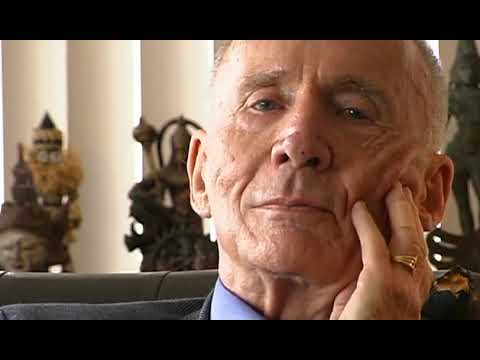

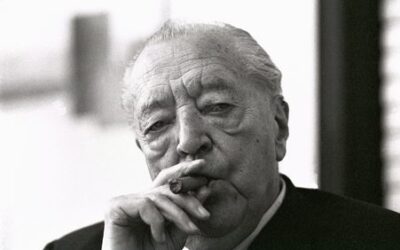
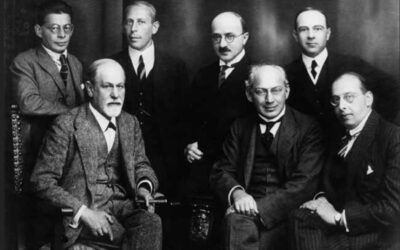
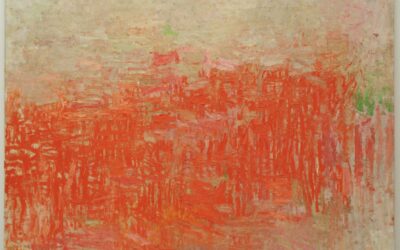
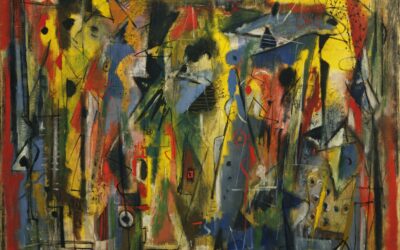
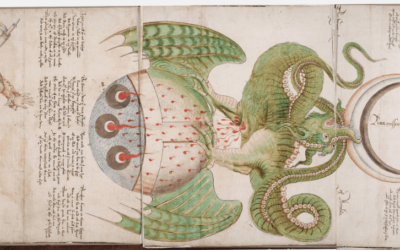
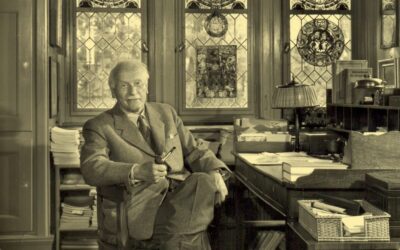
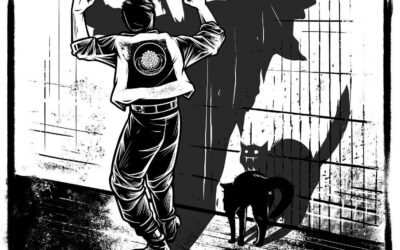


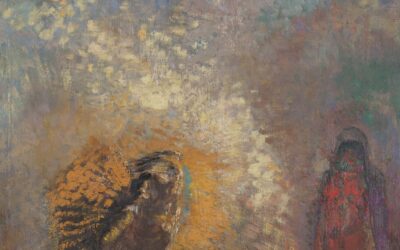
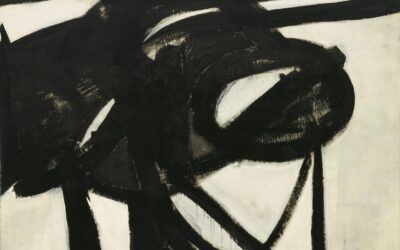
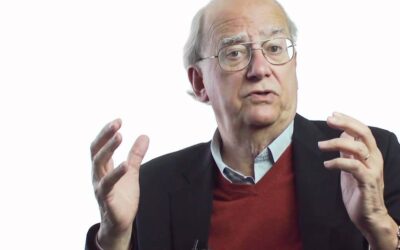


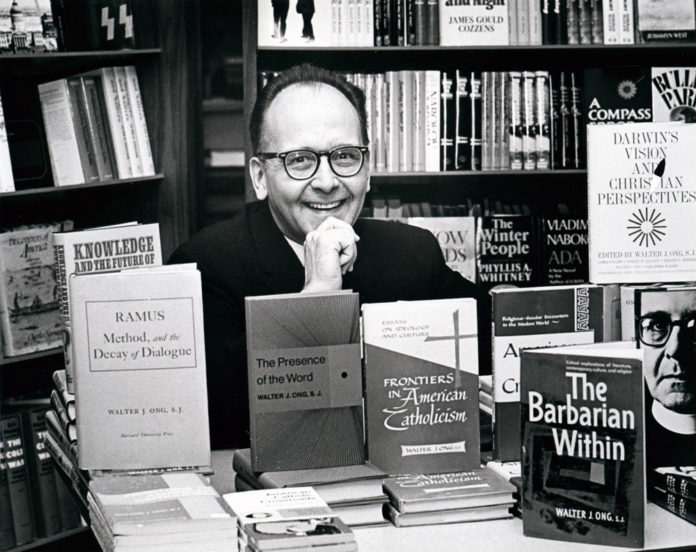
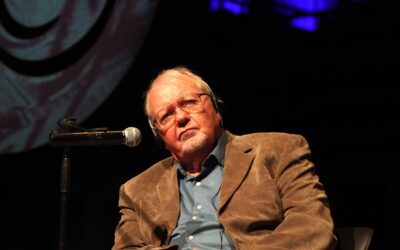
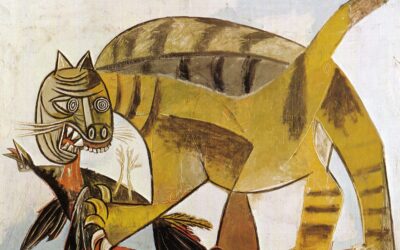
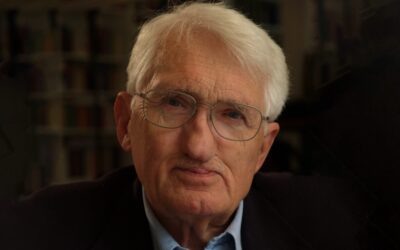
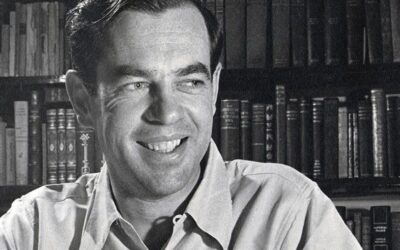
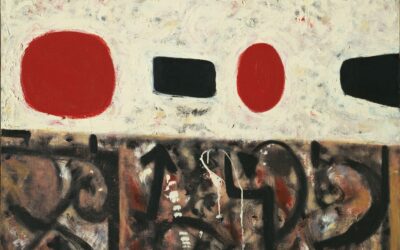
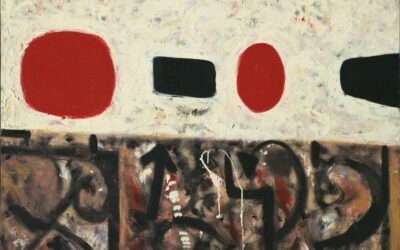
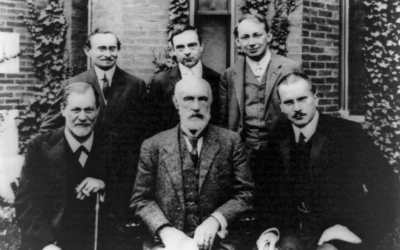
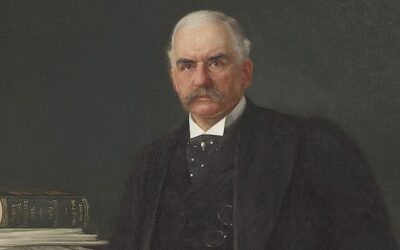
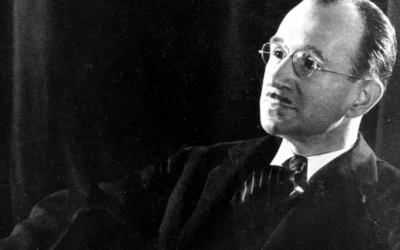
0 Comments